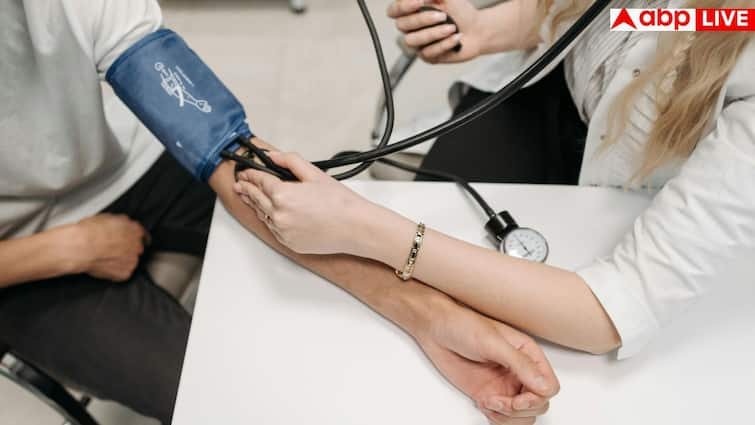Nowadays, doctors often advise patients to measure blood pressure (BP) in both hands. Many research has found that the reading of both hands can make a difference and this difference may be related to health problems. Let us tell you why this is happening and if there is a difference between the two, then who should be considered right and why. Apart from this, what should be done.
Why should BP measure with both hands?
The guideline of the American Heart Association (AHA) says that for the first time, whenever blood pressure is taken, it should be measured in both hands. More than 50,000 patients were studied in a recently published interpress-appears in Meta-Analysis. It was found that if only lower (low) reading hands are made the basis, then in about 12 percent of cases, wrong diagnosis can occur. At the same time, by making the basis of high BP hand, the cardiovascular risk can be properly assessed.
How much difference is it a matter of concern?
In primary care settings, about 19 percent of hypertension patients found a difference of more than 10 mmhg in systolic BP reading of both hands. At the same time, in about 7 percent of patients, a difference of more than 10 mmhg was seen in diastolic BP. In a study in Tamil Nadu it was categorized like this: less than 5 mmhg, normal, 5 to 10 mmhg, low risk, 10 to 15 mmhg, moderate risk, and high risk more than 15 mmhg.
Troubles related to it
If there is a difference of more than 10 mmhg in both hands in type-2 diabetes patients, then the risk of death was found to be 64 percent higher. At the same time, patients who had a difference of more than 15 mmhg in the BP reading of both hands, subclavian artery stenosis, low ankle-bacical index and more ischemia (anemia) in the heart.
Why is it necessary to measure BP correctly
The new study says that BP reading can be wrong even due to the wrong position position. If the hand is hanging down or does not support, then systolic BP can increase to an average of 6.5 mmhg and diastolic 4.4 mmhg. The right way is that the patient is sitting directly on the chair, the feet should be on the ground, the back should be supported and the hands should be kept at the level of the heart. If there is a difference of 10 mmhg or more in the BP reading of both hands, then the doctor must be seen. Always make the basis for the reading of the hand that has more BP. It helps in correct assessment of diseases related to heart and blood vessel.
What do doctors say?
Doctors believe that it is very important to measure blood pressure (BP) in both hands. Often people check BP with only one hand (usually left hand), but the medical guideline says that for the first time it should be measured in both hands. Dr Deepa Singh, a specialist at the Aur Specialty Clinic, Patna, says, “If there is a difference of 10 mmhg or more in the reading of both hands, it may be a sign of a surety artery disease, blockage or heart disease. In such a situation, the patient should be checked immediately.”
In the Interpress-IPD study of Britain, doctors found that if only lower BP reading readings are made the basis, 12 percent of patients may have wrong diagnosis. Therefore, experts recommend that the hand in which BP is more, should be monitored further as a reference.
Also read- If you see these 10 symptoms, then understand that there is a block of blood arteries, run immediately to the doctor
Disclaimer: This information is based on the opinion of research studies and experts. Do not consider it an alternative to medical advice. Before adopting any new activity or exercise, consult your doctor or concerned specialist.
Check out Below Health Tools-
Calculate your body mass index (BMI)
Calculate the age through age calculator




